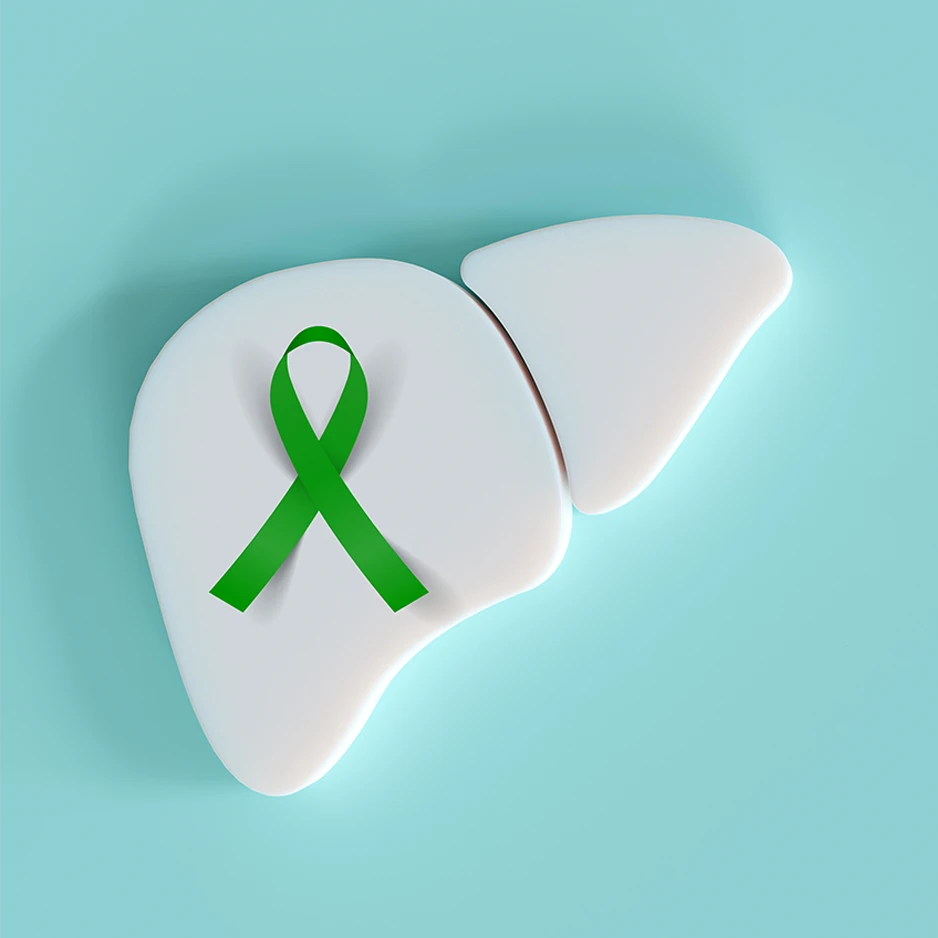Chemoembolization is a cutting-edge medical procedure that combines the targeted delivery of chemotherapy drugs with the obstruction of blood flow to cancerous tumors. This minimally invasive intervention is designed to treat liver cancer and other malignancies by precisely deploying chemotherapy agents directly to the tumor site. By doing so, chemoembolization enhances the concentration of therapeutic substances in the cancerous tissue while minimizing exposure to the rest of the body. Chemoembolization offers a promising approach for individuals seeking innovative options in the battle against cancer.

Targeted Cancer Treatment

During and after the procedure
During the chemoembolization procedure, an interventional radiologist uses advanced imaging techniques to guide a catheter to the blood vessels supplying the tumor. Once in position, a mixture of chemotherapy drugs and embolic agents is administered through the catheter, effectively blocking blood flow to the tumor while delivering a concentrated dose of medication. This dual-action approach aims to enhance the effectiveness of the treatment.
As with any medical procedure, chemoembolization may have side effects. Common side effects include temporary flu-like symptoms, pain or discomfort at the injection site, and changes in liver function tests. Patients may also experience fatigue, nausea, and fever, but these effects are usually short-lived. It’s essential for individuals considering chemoembolization to consult with their healthcare team to discuss potential side effects, benefits, and the overall suitability of the procedure for their specific condition.
Schedule an Appointment
To discover the treatment path for your specific needs, contact us today to schedule a consultation with one of our board-certified, fellowship-trained interventional oncologists.
Conditions We Treat
Quick Links
Pay your bills securely online with credit cards, debit cards, or checks.
(763) 398-8710
veincenter@mplsrad.com
2800 Campus Drive, Suite 20
Plymouth, MN 55441